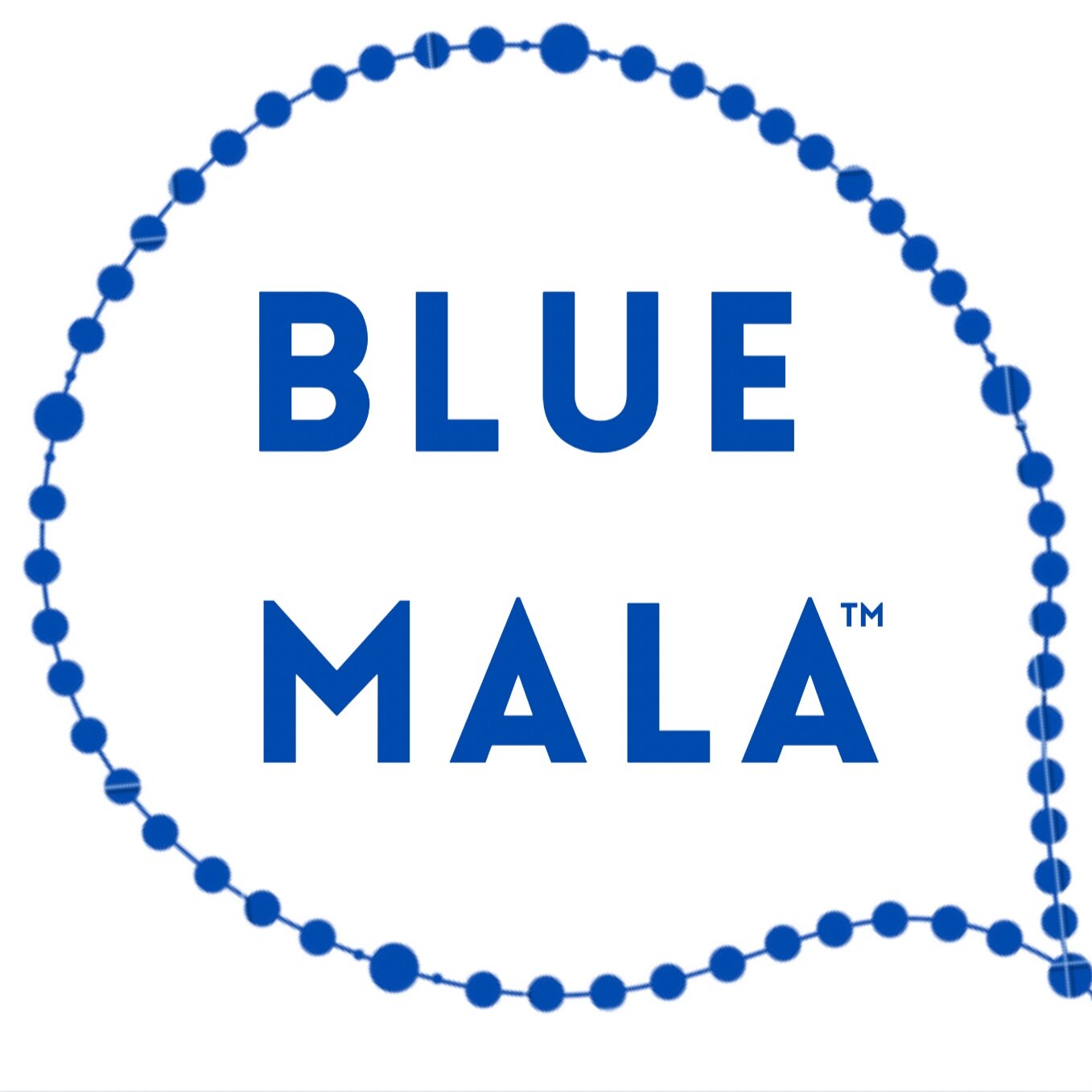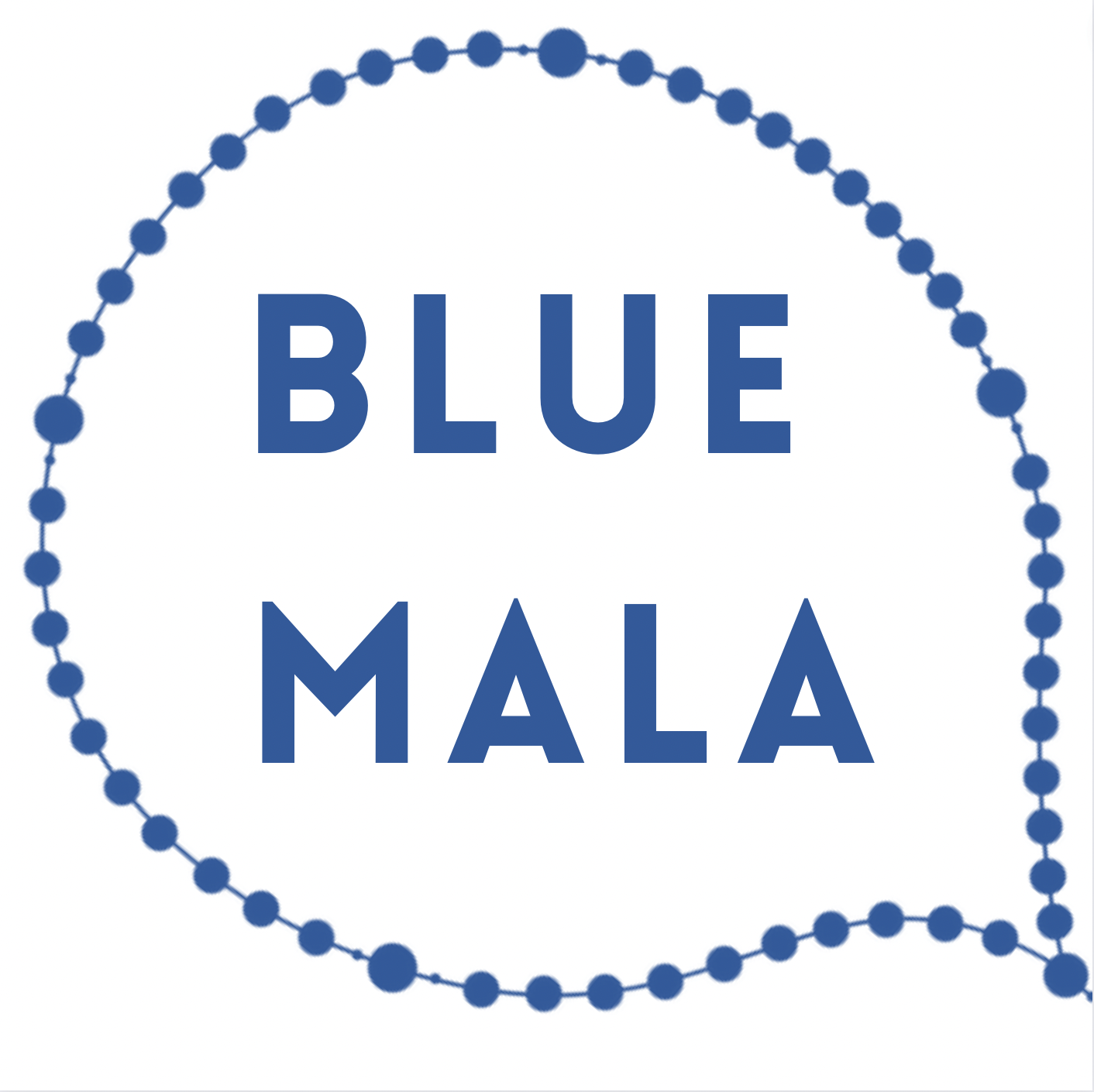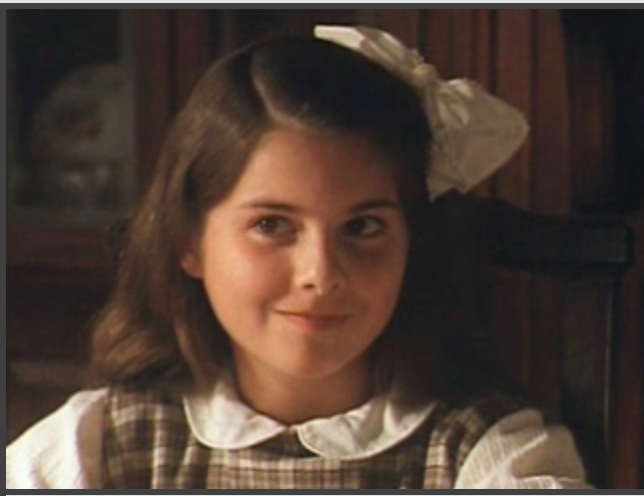Chronic pain and gratitude: the story of my broken back
I was talking to one of my Veteran friends the other day about his upcoming “anniversary period” — the anniversary of the months that he spent deployed in Iraq. During that time he struggles to sleep, has terrible nightmares, and his depression intensifies.
Anniversaries matter. They can bring up deep emotions in the mind and body.
As it happens, I’m also something of my own anniversary period. And even though it happened 31 years ago, it always brings up some stuff for me.
When I was eleven years old, I was in the schoolroom on the set of a movie called Rambling Rose. I had the good fortune of co-staring with the amazing cast of Diane Ladd, Laura Dern, and Robert Duval.
It was a dingy little office with stained carpet, squeaky chairs, and yellow fluorescent lighting. That day of filming had already been long. We had several scenes still to film and I was exhausted. I looked at the photocopied social studies worksheets in front of me and didn’t know how I was going to survive them. It was October 25th and my mind easily wandered to Halloween. Trick-or-treating was, of course, thrilling, but I had spent so much time dressing up like a kid from the 1930s for this movie, that the idea of wearing my own clothes seemed novel and attractive.
Me as “Doll Baby” in Rambling Rose, pre-injury
I wondered if anyone would give me candy if I knocked on their door dressed in jeans and Chucks and told them that I was dressed up as a normal, non-working child. I wanted to talk to my stand-in Jill, who was on the other side of the schoolroom, and ask about her Halloween plans, so I pushed my chair back to stand up. Except the wheels of the chair got caught on the carpet. I flew backward like I was in a bad slapstick comedy, with arms and legs flying through the air.
Crack. I heard it. It could have been the chair, but it wasn’t. It was my spine. The back of my head smashed into the wall behind my desk, my body snapped forward and there was a sharp burn when my knees collided with my nose. I couldn’t breathe but I couldn’t quite tell what hurt. Maybe it was just my pride. I gasped as the wind came back into my lungs. I put my hand up to my nose, but there was no blood. I was fine.
My tutor bolted over and tried to untangle the mess of chair, desk, and me. I was dizzy and mortified from my graceless display. Jill ran to get my mother from my dressing room down the hall. The producers of the film quickly followed and my tutor requested we call an ambulance. They made me stay lying down, despite my insistence that I was fine. No blood - see? I was fine. They called an ambulance anyway.
Suddenly, the pain vanished and I became aware of bizarre minor details. Life turned into a tilt-shift photograph, everything was fuzzy except for the excruciatingly sharp focus in the middle of my field of vision. I was in shock.
Then there was an EMT standing over me and her name was also Lisa, and through my fog, this seemed absolutely hysterical. Two Lisas! One strapping the other to a board! I was Velcroed in with thick blue restraints and my head was sandwiched between padded blocks. As Lisa put me in the ambulance I remember begging them to not use the siren. They could use the lights if they absolutely had to; otherwise, they just needed to drive normally and calmly to the hospital. I was fine.
I was still in my costume: an authentic 1930s wool dress with a large pink bow in my hair. I was quite concerned about what the hospital staff must think of me. I kept trying to explain that I was an actor, not for any presumed prestige, but to explain that I was not this prissy in my regular clothing choices. A sea of faces were smiling and nodding above me as they cut the costume off my body.
That day, the crew had planned a birthday party for my brother in the film. I asked my mom to call the studio and tell them that I would be back to the studio soon to get some cake. She rubbed my arm and agreed to make the call. The doctors were looking at my x-rays. My back was broken. As I slipped in and out of consciousness, I heard the word paralyzed.
The early assessments of my injuries were inconsistent and confusing. They knew that I had damaged three vertebrae and had severe whiplash in my lower back but they could not tell the extent of the spinal injury. They said that it was the kind of damage they see when an adult falls off a roof. At first, they thought that I might be paralyzed, but the prognosis was revised and they said that I would be able to walk but it was unlikely that I would ever be back to my previous abilities.
Tests and drugs were doled out and my days in the hospital blurred together. I’d wake up to various scenes that felt like they were part of a play I was watching. Mom talking to nurses. Mom on the phone with Dad. Nurses poking at me. Mom asleep in a chair. At one point I came out of a drug-induced haze to find a large gorilla standing over my bed.
He had dead, glossy black eyes, and reeked of gorilla sweat. There was a loud, persistent siren-like squealing as the monster attempted to hand me a bouquet of red balloons. When the nurses ran in to comfort me, I finally realized that the horrible sound was me screaming. The film crew had sent a guy in a gorilla costume to cheer me up. It was well-intentioned, however, let me just say that codeine and gorillas don’t mix. I still have nightmares about it.
After a week in the hospital, I was fitted for a back brace and released with the doctor’s approval to get back to work. I was pale, fragile, scared, drugged out of my skull, and just trying to work out my contract and go home.
They are not kidding when they say that the show must go on.
I was confined to bed rest except for five-minute spans, three times a day, which was the time that the doctor-approved me to sit in a chair. Since I couldn’t lift my arms over my head and was constantly wearing a metal back brace, the wardrobe department had to cut open my costumes and then hand-sew me back into them every day.
The brace was attached to the front of my body with thick adjustable straps and had large pads that sat along my collarbone, my pelvis, and curved around both sides of my body. The metal was constantly cold, the screws and bolts that held it together were jagged and snagged on everything.
My mom covered the brace in shiny dolphin stickers to make it less scary, but it still resembled something you would find either on a construction site or in a medieval torture museum.
Jill was used as my body double for any scenes where I had to be moving. They dressed her up in my costumes and filmed her from behind so you couldn’t see her face. She made a perfectly good able-bodied me; she would run through the frame and no one was the wiser. When the shot required my face to be seen, I was carried to set and seated in a chair with my arms propped up on the table, where I would try to make my drugged eyes not look too stoned. Most of my lines were cut or shortened since every word was slurred.
During lighting setups, I was carried to a twin mattress on the floor. I took shallow breaths, the only kind that the tight back brace would allow, and wondered what this injury really meant. The doctors said it was really uncertain what kind of recovery I would have and what my physical abilities would be. Was this the end of my career?
I knew how to work. There were the on-set politics to navigate and the lines to learn and the motions to replicate at exactly the same time for the continuity of every take. There was hair and makeup to sit still for, even if the hairdresser pulled too hard and the makeup felt heavy and greasy. There was the lighting to be aware of so that you didn’t stand in a shadow or cast your shadow on another actor.
If I couldn’t work, would I just have to go to school? School was foreign territory, with its own unspoken rules that I didn’t understand. I worried about my ability to survive it. It felt unfathomable that this was the end of everything that I had known, but I’d always felt like it was going to end somehow. Wasn’t acting temporary for most kids? I’d drift off to my drugged sleep feeling more confused than ever.
When the film was finished, my mother and I returned to Canada so I could recover. I laid on the couch for months. I used a wheelchair if I needed to go any distance. I was lucky to experience a growth spurt, which helped my healing, and hours of painful physical therapy slowly helped me regain my strength.
I went back to work.
Every year, on October 25th, I return to this part of my life. It remains difficult to even think about. But while this was an awful experience that left me with nerve damage and chronic back pain for nearly twenty years — it also (eventually) brought me to yoga. Yoga gave me a life free from chronic pain, and helped me find my path through the emotional pain of anxiety and depression, as well.
It was an incredibly formative experience for another reason. It taught me to never take my body for granted. I don’t tend to obsess about my extra COVID pounds, deepening crow’s feet, or ever-increasing grey hair — I’m just grateful I can walk. I know that I can handle more than I think I can. I have great compassion for everyone who feels betrayed by their body.
So if you have chronic pain or frustrating limitations: I see you. I understand. Please know that you are bigger than your body, bigger than your pain. None of that defines you. And if you don’t have chronic pain and your body mostly works as you intend it to — please spend a few moments in deep gratitude for that fact.
Taking care of my body through yoga, exercise, and nutrition has become an important part of my routine. And actually, it’s more of a ritual, than a routine. It has a sense of sacredness and reverence. Because every October I am reminded that this is the only body I get, and that everything can change in a heartbeat.
*A version of this story appears in my first book You Look Like That Girl: a child actor stops pretending and finally grows up.



